Any angler who wants to reduce glare from the water and improve vision in deep water must have a pair of fishing sunglasses. The essential features and significance of fishing sunglasses will be covered in this article.
Depending on the material, color, and frame structure of the lenses, there are several different types of fishing sunglasses available.
It’s crucial to focus on the substance of the sunglasses’ lenses above all else. Glass or polycarbonate lenses are frequently utilized. When fishing, polycarbonate lenses can be especially useful because they are less likely to break and weigh less. Although glass lenses offer superior clarity and image quality, they are heavier and less resilient to breakage.
The hue of the lenses in the sunglasses is the second crucial element. Certain fishing conditions are better suited for particular lens hues. When fishing on a clear day with a strong sun and water glare obstructing vision, blue or gray glasses are usually utilized. When fishing on cloudy days, when light is less bright and it’s harder to detect objects in the water, sunglasses with yellow or orange lenses work well.
The structure of the frame is the third factor. The nose bridges and earpieces of various sunglasses types may differ in form and style. Certain sunglasses come with bendable earpieces that make them more comfortable to use for prolonged periods of fishing.
There are a few more aspects as well that are beneficial for fishing. To lower the chance of lens damage, certain sunglasses, for example, feature coatings that are resistant to scratches. Certain models incorporate integrated UV filters, offering an extra layer of protection for the eyes.
Additionally, a lot of fishing sunglasses come with unique optical coatings that improve clarity and image quality. To prevent lens fogging and guarantee a sharper vision of the water, certain models, for instance, include anti-water and anti-sweat coatings. Finally, choosing the appropriate size of sunglasses is a crucial consideration. Correctly fitting and adjusting sunglasses is essential for optimal comfort and better visibility in the water.
Generally speaking, sunglasses for fishing are a must-have item for any angler. They make it easier to see in deep water and lessen water glare, which makes fishing more successful. It is advised to take into account the appropriate kind of sunglasses for different fishing situations as well as extra features that may enhance your fishing experience. Polarized and non-polarized sunglasses are the two major types of fishing sunglasses.
Polarized Sunglasses
A unique coating on polarized fishing sunglasses helps to cut down on water glare and improve visibility in deep water. They enable you to see fish and other underwater things by obstructing light reflection from the water’s surface. Because they lack this unique coating, non-polarized fishing sunglasses are less useful for angling.
Furthermore, the functionality of fishing sunglasses might be impacted by variations in the size and shape of their lenses. Larger-lens sunglasses improve water visibility and let you see fish and other underwater objects at a greater distance. It could be more comfortable to wear sunglasses with smaller lenses when fishing actively.
Lens Material
It’s crucial to consider the lens material as well. Sunglasses constructed of polycarbonate, which is incredibly strong and resistant to breakage and scratches, are offered by several manufacturers. While glass lenses provide better image quality, they are less resilient and more prone to breakage than lenses made by other manufacturers.
The style and composition of the frame is an additional factor to take into account while selecting fishing sunglasses. Numerous producers provide strong, light-weight sunglasses with titanium or stainless steel frames. Flexible nose cushions and temple tips make the best fishing sunglasses comfortable to wear for extended periods of time. Additionally, some versions could include a plastic covering that protects the sunglasses from scuffs and wear and tear.
Different lens colors are available for fishing sunglasses, which can improve contrast and visibility in the water. For instance, gray lenses are a flexible choice that can be used in a variety of situations, while yellow lenses enhance contrast on cloudy days. Fishing sunglasses are available from many well-known brands, such as Costa Del Mar, Oakley, Wiley X, Smith Optics, Maui Jim, and others. These brands each provide distinctive sunglass models with various features and styles.
It’s crucial to take your demands and the fishing conditions into account while choosing fishing sunglasses. Larger lenses and special coatings on polarized sunglasses can be your best bet if you frequent deep water or high water glare fishing. For shorter fishing excursions, smaller sunglasses with non-polarized lenses and a cozy frame are a good option if you’re searching for lightweight and comfy shades.

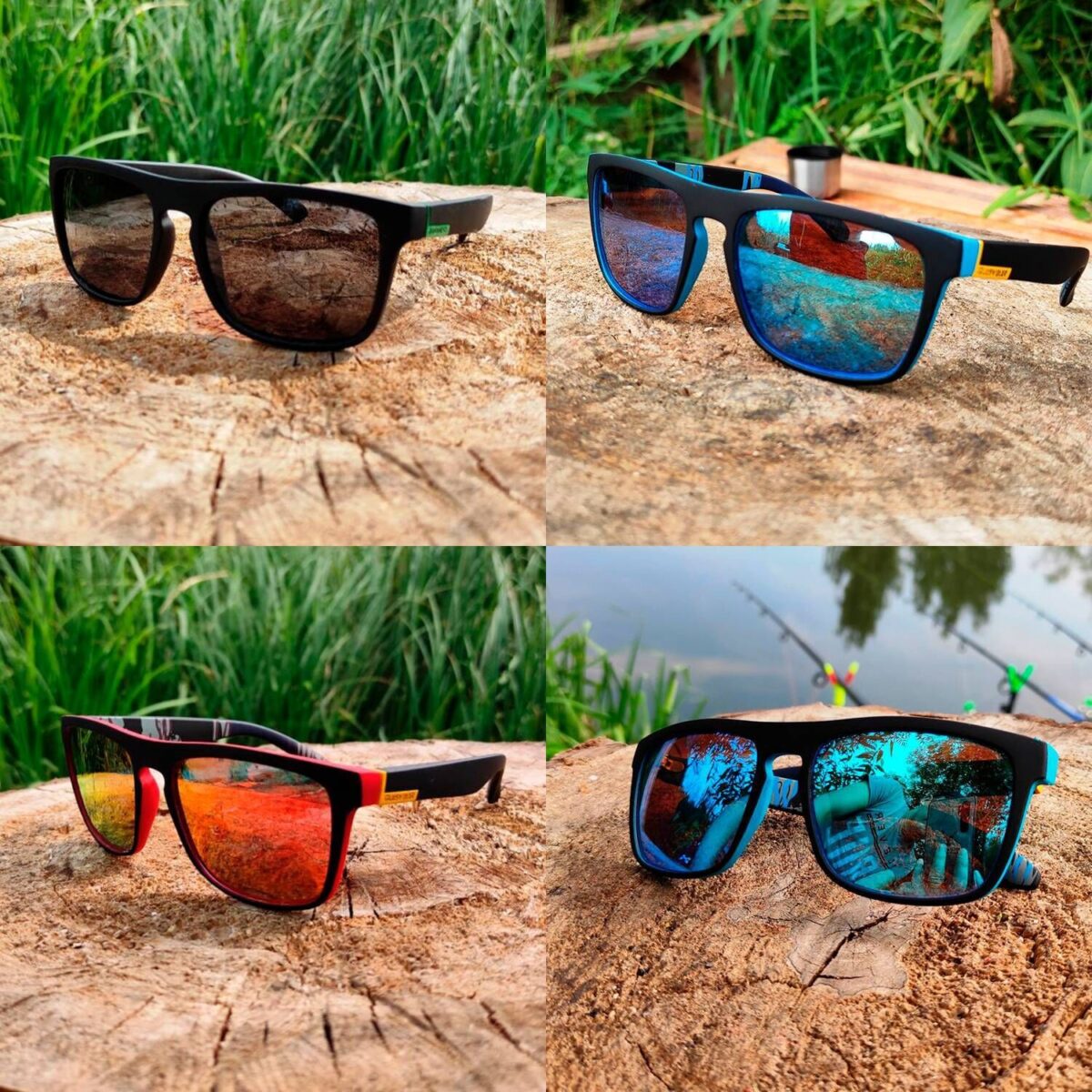


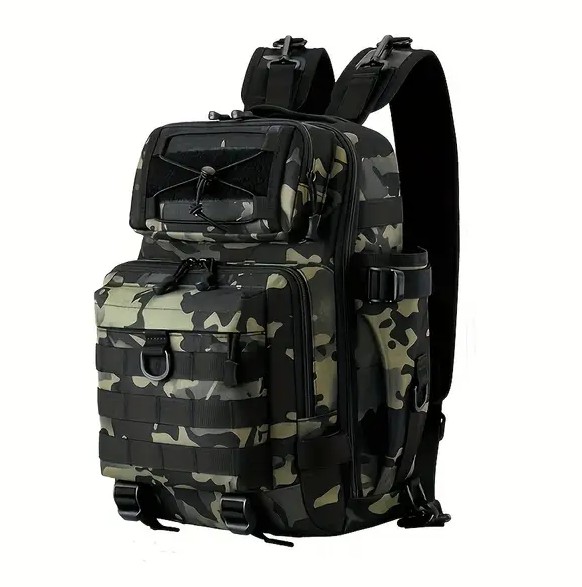
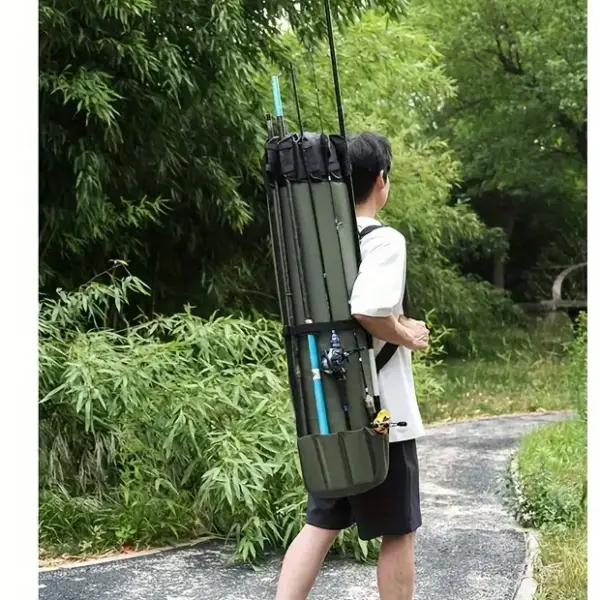
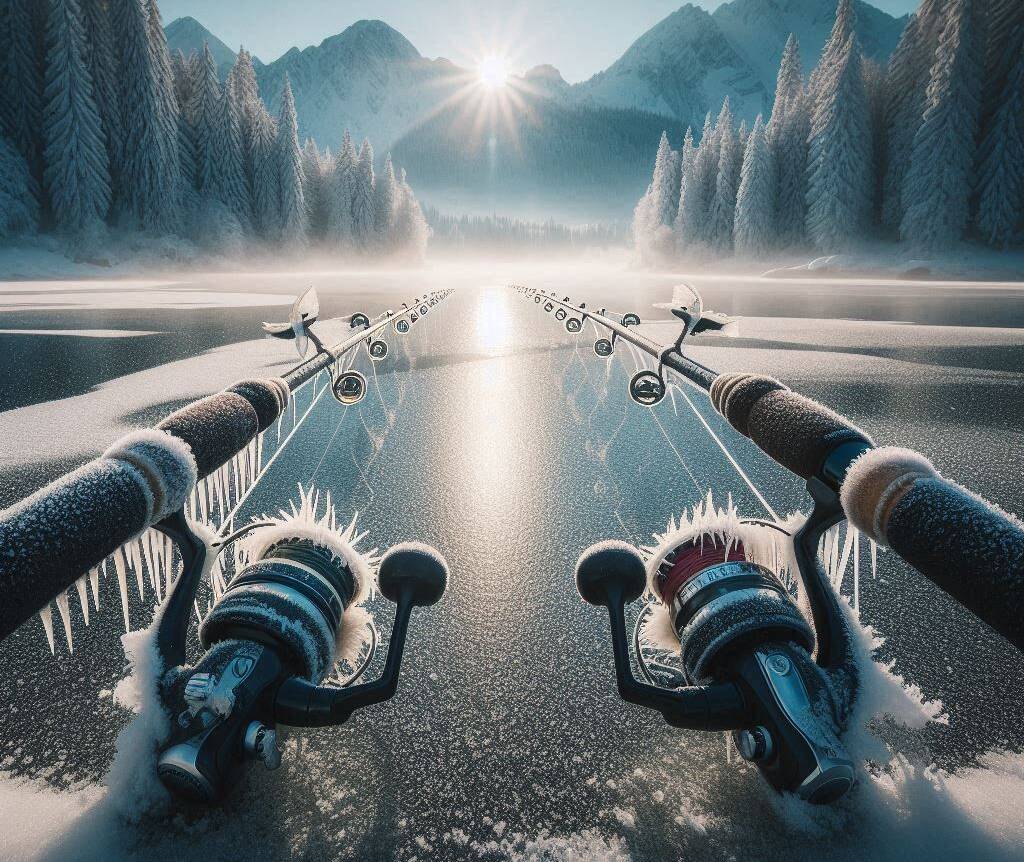
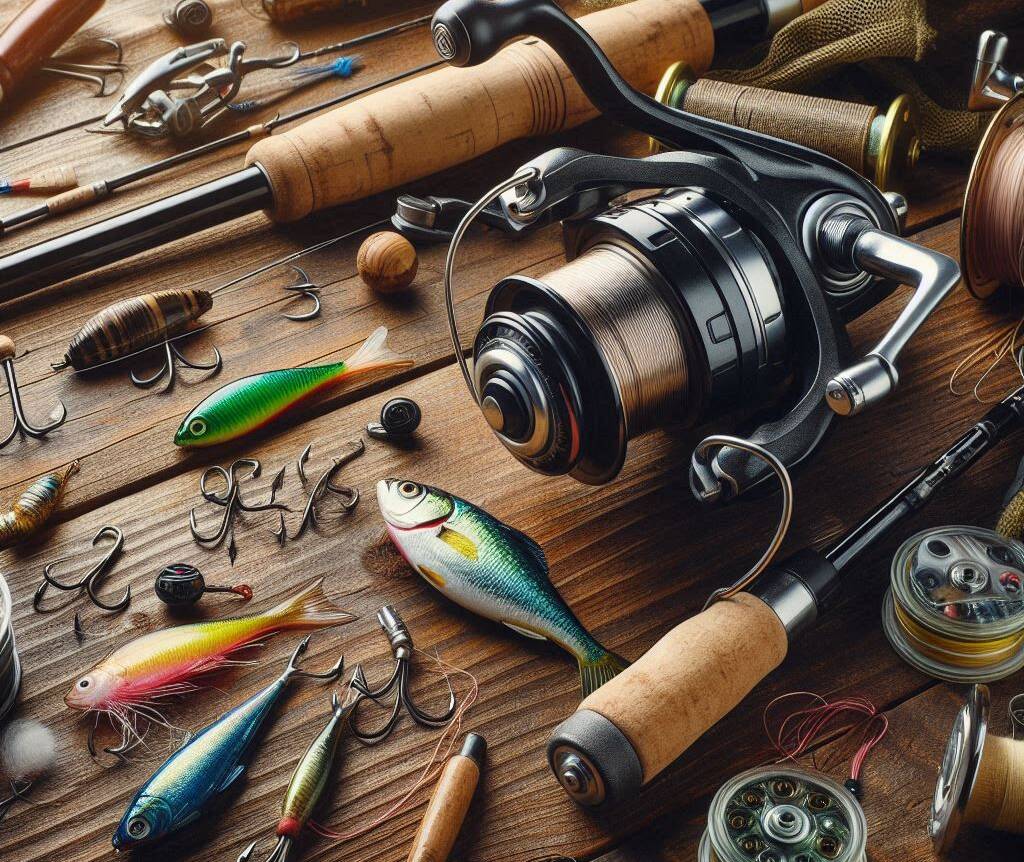
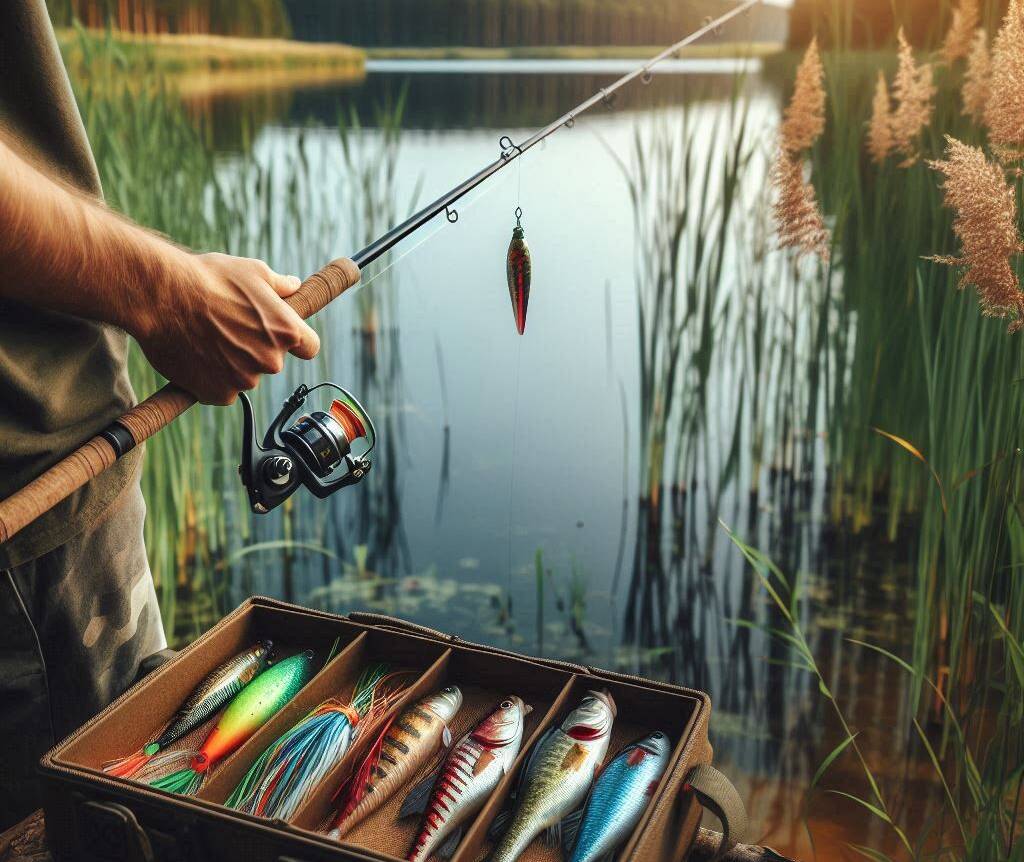

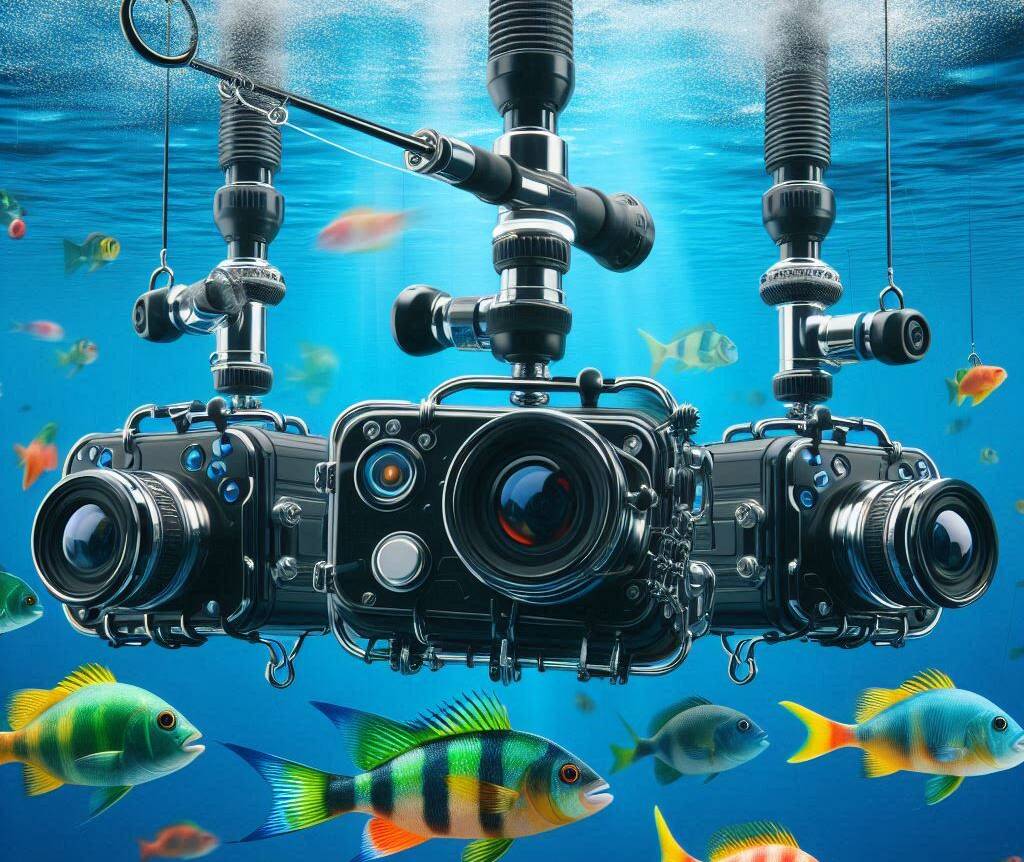
Leave a Comment
Your email address will not be published. Required fields are marked *